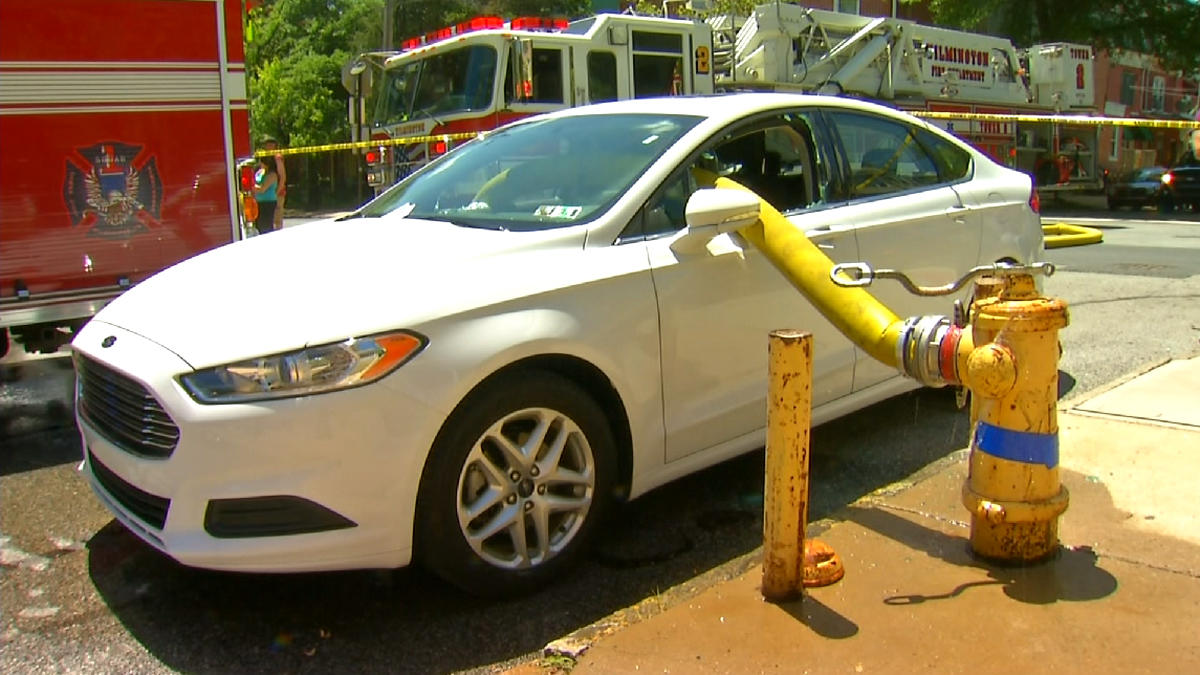How Close Can you Park to a Fire Hydrant?

Quick answer:
Most city fire hydrant parking laws state that you must be parked at least 15 feet away from a fire hydrant (about a full standard sedan car length). The color of both the curb, and the hydrant itself is irrelevant.
More details:
You’re cruising around in the mid-summer heat, and think you just stumbled onto the perfect parking spot. Instead, you pull up a little closer and see that smug little R2D2-looking bastard smiling right at you. 15 feet is the minimum distance you can park away from a fire hydrant in most municipal codes – which may seem excessively far, especially when every inch of curb in a dense city is so valuable. But there’s a good reason for this fire hydrant parking law. Safety.

Giving the fire hydrant ample room allows emergency crews to access the water in the event of a fire. The 15 feet allows enough room for firefighters to quickly identify the location of the hydrant, and maneuver the big stiff hose in the direction needed. And if your unattended car is parked in front of that hydrant? Expect to come back to a smashed window (yes, they can), a wet car, and a very hefty fine. As well as the lasting fact that you might have prevented someone’s cat from getting rescued sooner.
“How close can I park to a fire hydrant if the curb is grey, though?”
The color of the fire hydrant has nothing to do with the parking parameters. In general, the curb should be colored red, but sometimes the city has yet to get around to it. Don’t be fooled by what appears to be an open parking spot!
Exceptions to the rule
In most municipalities, it is generally OK to stop in front of a fire hydrant if you, as the driver, are staying in the car (running) and have the ability to quickly move the vehicle, or if you are loading/unloading passengers.
Park better. Pass it on.














Leave a Comment